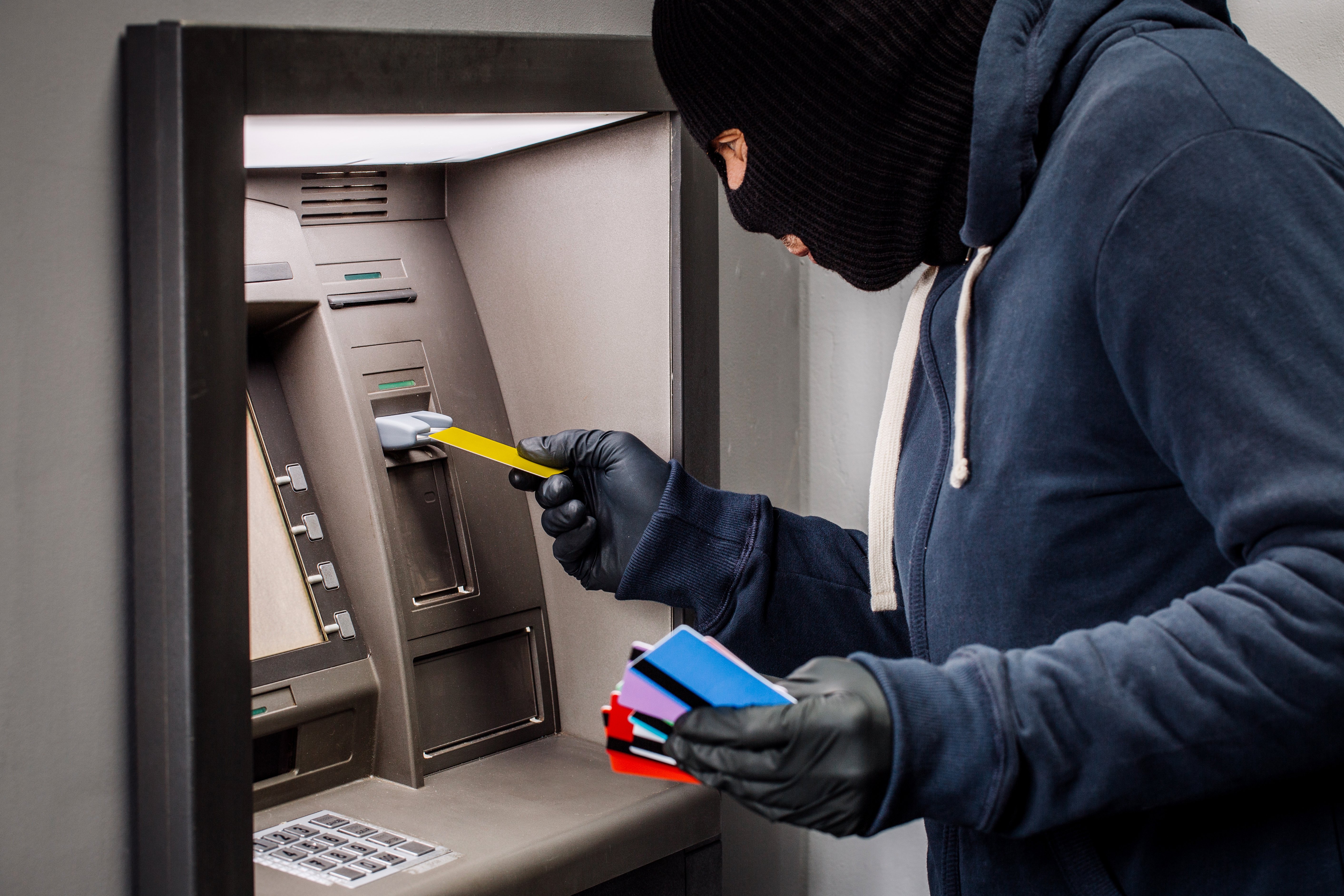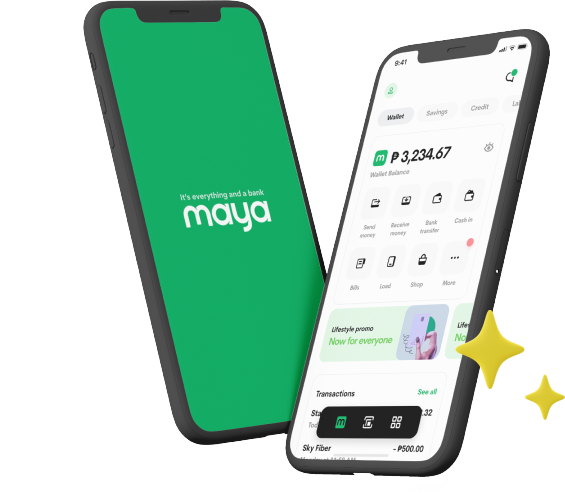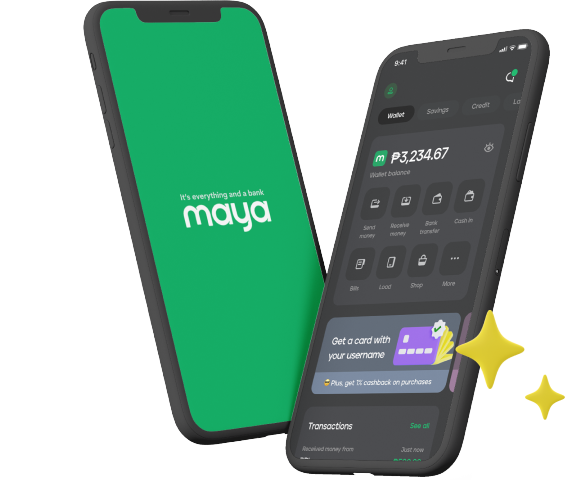
There’s no shortage of information campaigns that focus on improving the public’s awareness about digital fraud. According to data collated by Statista, as of 2023, about 57% of Filipino consumers order products and services online at least once a week. To help consumers feel confident with their purchases, many e-commerce websites and financial services providers are spreading the word about how to ensure safe transactions online.
This focus on digital payments, however, doesn’t mean that consumers can keep their guard down while transacting in person or in store. It’s still possible for scammers to exploit vulnerabilities and use various tactics to steal credit card and financial information during physical transactions. This is true no matter if you are paying at a store, withdrawing cash from an ATM, or handing over your card at a restaurant. To avoid the hassle of falling victim while carrying out physical transactions with your credit card or any other physical card, you need to familiarize yourself with these threats. Here are some of the most common ones:
Card Skimming at ATMs and Payment Terminals
Skimming is one of the most common methods criminals use to steal credit card data. Skimmers refer to small devices that bad actors attach to ATMs or point-of-sale (POS) machines to capture card details when you swipe or insert your card. These devices can be nearly undetectable, making it easy for thieves to clone your card and make unauthorized transactions.
As much as possible, choose to use ATMs located in secure, well-lit areas, preferably inside banks, to avoid machines that have been tampered with. Still, no matter where you choose to carry out your transactions, always inspect card readers before inserting your card. If the card slot looks loose, misaligned, or has any unusual attachments, avoid using it and bring it to the attention of the people responsible for the machine.
Shimming on Chip-Enabled Cards
Unlike skimming, which targets magnetic stripe cards, shimming is a newer technique used against chip-enabled credit and debit cards. A "shim" is a thin device inserted into the card reader to intercept data from the chip. While this method doesn’t allow full card cloning, criminals can use the stolen data for fraudulent online transactions.
To reduce the risk of shimming, use contactless payments whenever possible. Many credit cards now have tap-to-pay functionality, which eliminates the need to insert your card. If you have the Landers Cashback Everywhere Credit Card—a credit card powered by Maya—you can tap or dip your credit card at the POS to complete your transaction. This means you have the option to choose what you think is the safest in-person payment method for you. The safest credit card in the Philippines today, the Landers Cashback Everywhere Credit Card can also be linked to the Maya app, allowing you to regularly monitor your account, set limits and controls, and use dynamic CVVs.
Card Swapping Scams
Card swapping occurs when a fraudster distracts you during a transaction and switches your card with a similar-looking but inactive one. This often happens in restaurants, gas stations, or even by street scammers who offer to "help" with ATM withdrawals. To prevent this, always keep your card within sight during transactions. When receiving your card back, double-check the name and the last four digits to ensure it’s yours. If a cashier or server takes your card out of view, ask for it back immediately or request to pay at a visible POS terminal.
Shoulder Surfing and PIN Theft
An old technique to steal PINs, shoulder surfing is still being used in the digital age. Malicious entities use this strategy by covertly observing you while you enter your PIN at an ATM or POS terminal. Once they have your PIN, these criminals can use the numbers with a stolen or skimmed card to withdraw cash or make unauthorized purchases.
Make a habit of protecting your PIN to prevent prying eyes from determining the combination you are using. Always cover the keypad with your hand when entering your PIN. Also, be aware of your surroundings, and avoid using ATMs if someone is standing too close. If you suspect that someone is watching, cancel your transaction and use a different ATM or terminal.
Fake POS Devices and Merchant Fraud
Some fraudsters use modified or fake POS machines to steal credit card data. In this scheme, the payment terminal looks legitimate, but it records your card details before processing the transaction. It’s also possible for unscrupulous employees at retail stores, gas stations, or restaurants to secretly run your card through a skimming device before processing your payment.
To safeguard against these practices, use contactless payment methods whenever available. If you must swipe or insert your card, ensure that the terminal looks authentic and is from a reputable establishment. If you feel uneasy about a particular transaction, consider using cash or a secure mobile payment option instead to safeguard your credit card details.
Staying informed about these fraudulent tactics lets you take proactive steps to protect your financial information during in-store payments as well as practice secure online credit card transactions. Using a credit card that is known for its world-class safety features, such as the Landers Cashback Everywhere Credit Card, can also help you gain peace of mind no matter if you’re paying online or in person. By taking these precautions seriously, you can keep your finances secure and feel confident with every transaction.
You might also like
These Stories on Maya Bank




